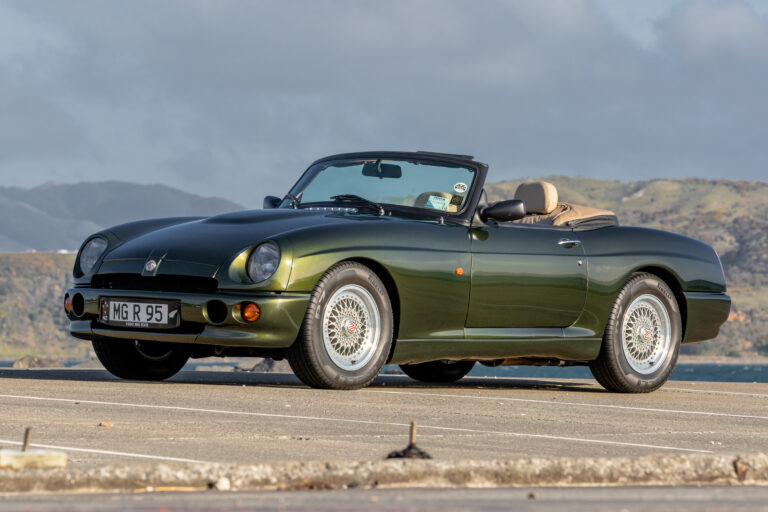Barn find – EJ Holden
By Quinton Taylor
When you next chat to one of our Aussie cousins, tell them they can have the rights to the Pavlova, we just want to claim their rare classic Holdens thanks.
Our main feature in this issue of the magazine is on the tale of a car that many Australian classic car lovers were hunting for that just fell into the lap of an ardent Kiwi Holden fan who was living in NSW.
This sought after EJ was offered to Stan Adams in 2010 from a neighbour living just 600m away.
“It was the fabled ‘Mail Car’ that was owned by her mother, which she used for local country mail delivery for years. The car was parked up for 18 years after her mother died. I handed over the $4000 without even opening the doors on a car last registered in April 1991.”
The car was coated in brown dust and the clutch and brake hydraulics were frozen solid.
“People from as far away as Queensland were looking for this car because of its rarity. It was totally unmolested and, yes, there were a few scratches. I decided to leave them as they are; history!”
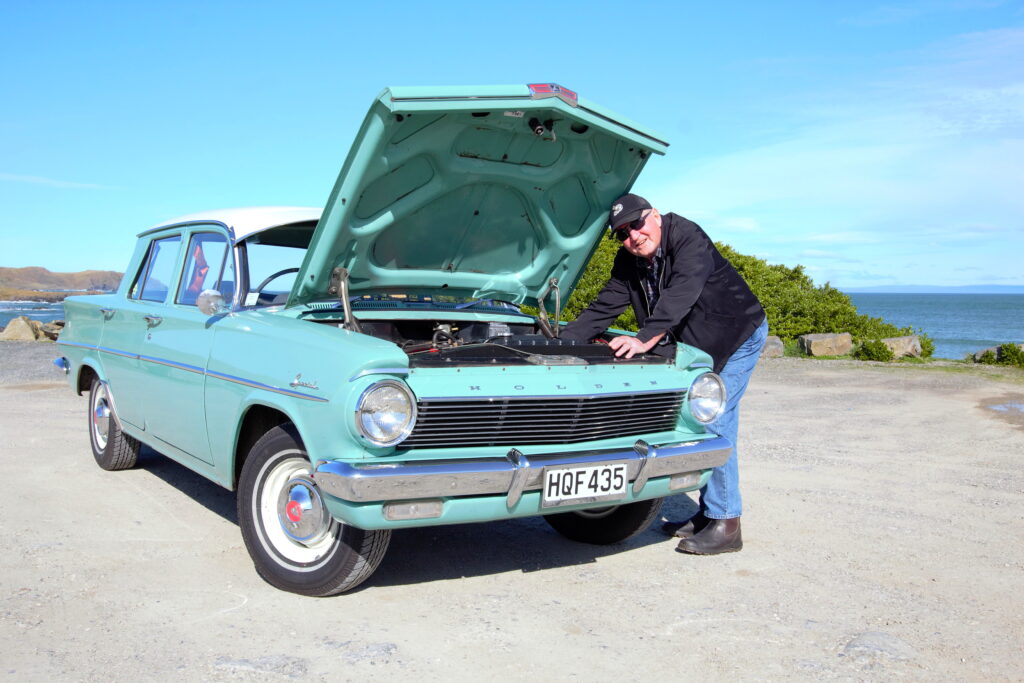
1996 Toyota Supra RZ
Classic cars have always been a great investment (mostly) and as the years roll on, great contemporary cars become extremely collectible as well. Here is one that Ben Selby strongly recommends, that’s as good as money in the bank.
The owner of this restored Toyota knows a thing or two about the brand, he’s the ex CEO of Toyota NZ.
“I wanted to buy a Series 1 supercharged MR2, but I just couldn’t find one. I had two or three cracks at several but I just couldn’t find one which suited. Soon after my son told me his favourite was an A80 and asked if I had considered the MK4 RZ Supra instead? I remembered having a silver Supra poster above my bed. We had a laugh and didn’t think much more about it – but then we came across a unicorn”

Costin Amigo
Heir to a Mosquito
In Patrick Harlow’s opinion, the Frank Costin-designed Amigo is possibly the earliest example of a perfect union of function and form in a production car. A star-struck Patrick actually met Frank Costin in 1989 when he was visiting NZ with the aim of immigrating here. This sadly never eventuated however we do have one of his greatest creations in this country. The final Amigo ever made (number 9) has been owned by Bill McElwee since 1989 and was actually completed by Frank’s son, Nick, from leftover parts.
“Sadly, neither the shape nor the finish was attractive enough to buyers who have one of the most spell-binding automotive shapes of all time, an E-Type, for a few hundred pounds more. Frank wanted to price it more reasonably, but his partner Paul Pyecroft wanted a good return on his investment. By 1972 seven cars had been completed.”
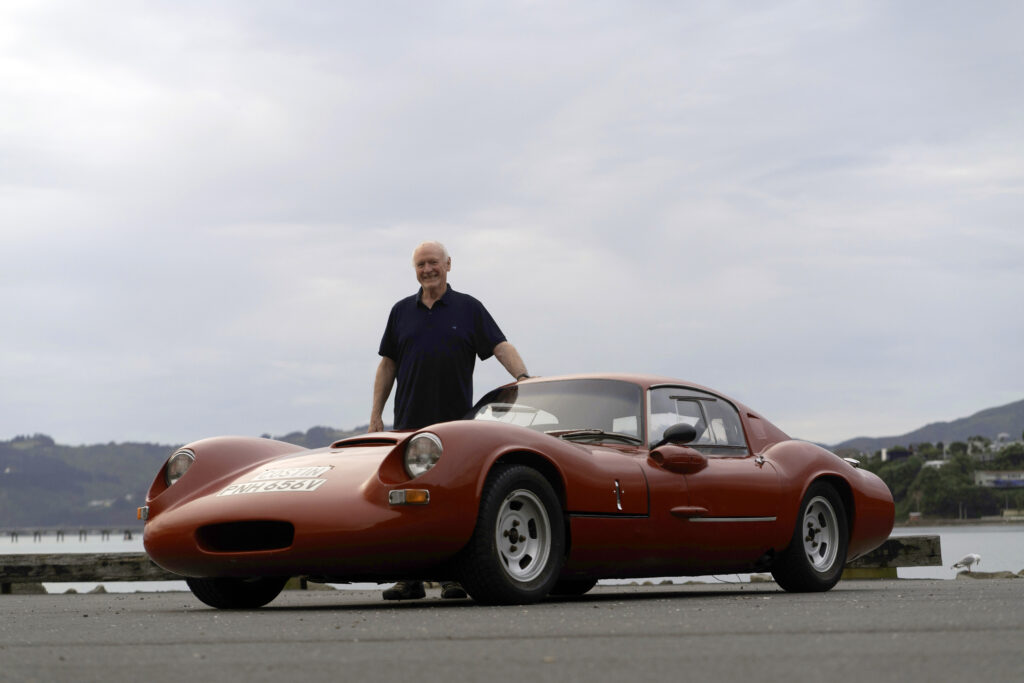
Morrari Recreation – a childhood inspiration
By Steve Holmes
It’s a car as legendary for its exotic underpinnings as its eccentric repurposing. New Zealand has a rich history in recommissioning old, outdated racers and extending their usable life but even in that company, the Morrari stands alone. The Morrari originated as a 1955 Ferrari 555 ‘SuperSqualo’, so named because of its curvaceous aluminium body, which flowed gracefully around its two side-mounted fuel tanks into a sharp pointed tail.
“The Morrari has always fascinated, but because Souness didn’t race it much, there aren’t many photos of it, which made researching its many one-off details difficult.
“The first problem we had,” recalls Greg, “was that we couldn’t find any Ferrari 555 chassis drawings to work from, so we had to look at similar Ferraris of the era to learn how it was constructed.
“People asked why don’t you just build a 3×2 chassis and call it done but then it’s just a red Morris Minor, not the Morrari. We backed ourselves into a tight corner. We only had four rough photos of the original chassis.”

Tribulation and triumph – 1959 Triumph TR3A
Jim Richardson encountered this beautifully restored Triumph TR3A purely by accident. He was out walking one day, tripped on a grate in the pavement and fell hard, downhill. He went to the local surgery where the doctor assessed he needed a scan to make sure I didn’t scramble my brains even more.
He was told not to drive to the hospital and that’s when neighbour, Bob Birdsall, came to my aid. On the way, they started talking about cars. Bob mentioned he had a 1959 Triumph TR3A roadster that was restored, all original, and correct. What are the chances?
“It came out gleaming, and looking factory fresh. He motioned for me to get in. I obliged but that took a bit of manoeuvring. I reached down and opened the low-cut door, and then backed myself into the bucket seat. I then pulled each of my legs up and around one at a time and settled in. You don’t so much as get into a TR3A as pull it on like a gumboot.”
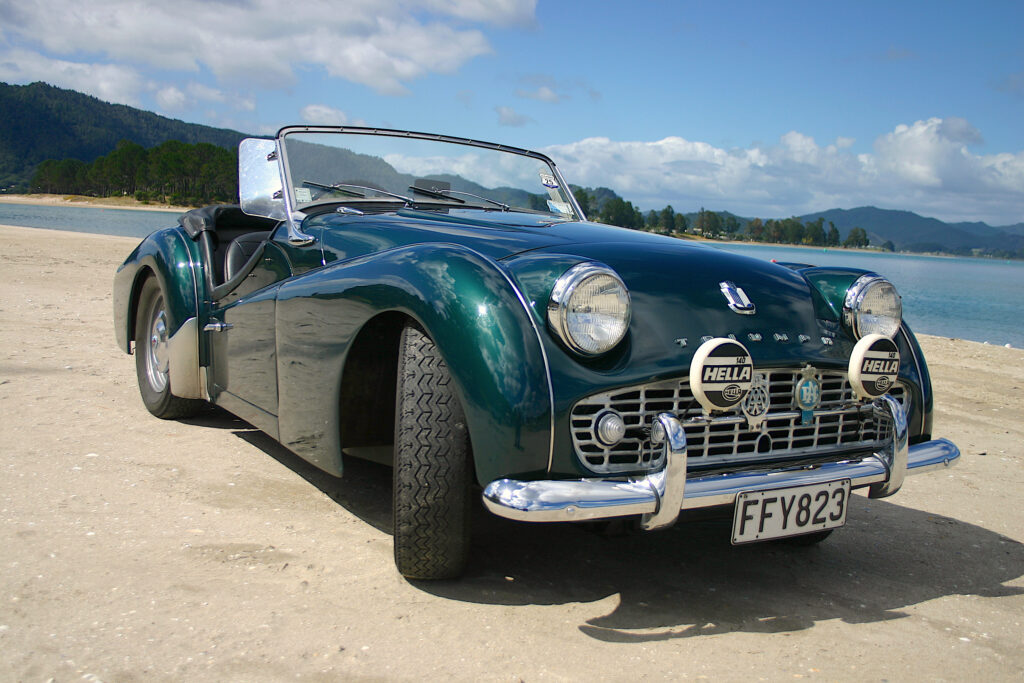
Travis, a Dodge Viper and his high school sweetheart
Our own Vaughan Wilson discovers a few automotive treasures during a US sojourn. This 1994 Dodge Viper is just one of a bevy of classic car treasures he uncovers.
“Our friends’ neighbour is a chap called Travis. Travis recently bought a 1994 Dodge Viper and invited me to go for a drive. I had never been in a Viper. The large 8-litre V10 engine delivered what was a monstrous 400hp in 1991. The vast expanse of hood compared to the rest of the car gave it a Hot Wheels vibe.
Travis had bought the Viper earlier in the year from a chap who needed to sell which enabled Travis to negotiate a fantastic price. A bit of a 50th birthday present to himself. The vehicle has only 34,000 miles on it and is in excellent condition, considering it is almost 30 years old.”
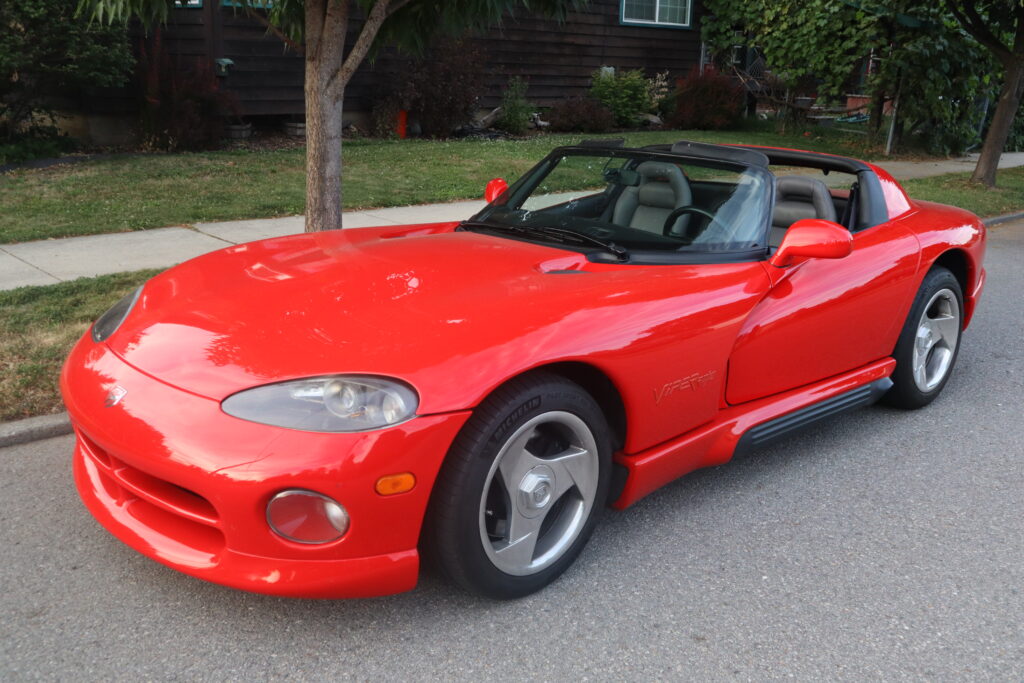
Kits & Pieces – The Sabre – is it the Kiwi TVR?
By Patrick Harlow
Almac’s Sabre featured a fibreglass body, a space frame chassis and often a stonking Rover V8. Was it a match for the products of the more famous exponent of that recipe from the old country, Blackpool’s TVR?
“The Sabre that Stewart owns is familiar to me as I was actually present at the Almac Cars factory when this body was pulled out of the mould in 1996. It was body number six and, along with the Almac-designed spaceframe chassis, it was committed to the care of a Mr L Duff in Christchurch, known to his friends as ‘Blue’. The kit included all the fibreglass mouldings, interior and exterior, along with the optional targa roof. The Almac Sabre was designed to take all of its mechanical bits from a late model Cortina. Blue had already bought his donor car, a Mk4 2.0-litre Cortina GL.”
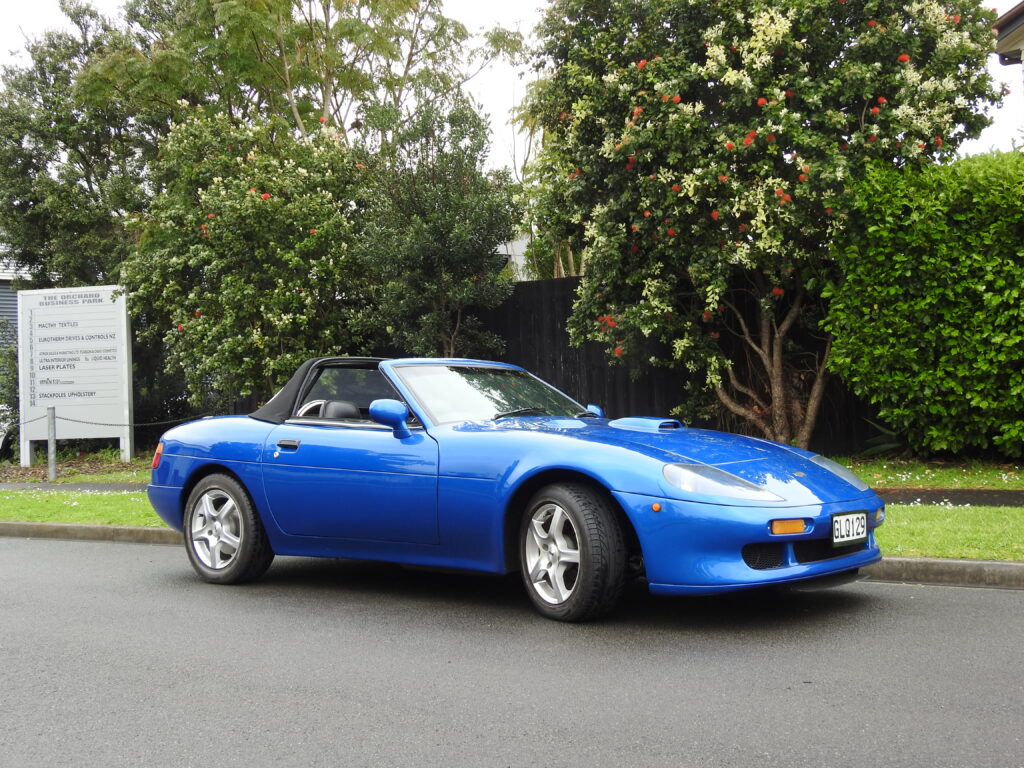
Motorman by Donn Anderson – Third generation Range Rover magic
Expensive when new, the handsome third generation Range Rover is now something of a bargain, but the caveats remain.
“We might have thought the first generation Range Rovers were hardly cheap when they arrived with a $6000 price tag in 1970 but look what they are worth today. Code-named after the building where it was developed, the more sophisticated P38A series from 1994 until 2001 cost a good deal more than the first series and was a worthy successor that appeals in its own right, if you can find one. It was the last Range Rover to be offered with a manual transmission. Nowadays there is usually only a handful of P38As on offer throughout New Zealand, but a much more generous availability of L322s. A total of 167,259 P38s were made compared with 293,494 L322s but bear in mind there are fewer true Range Rovers available than the Sport variant that sparked a watering down of the model’s real inspiration.”

Lunch with … Brett Riley – part 2 by Michael Clark
Never say never
After very nearly breaking into Formula 1 Brett Riley thought he’d retire from racing but his talent and the allure of another series meant he kept turning up on the podium.
“We left off with Brett deciding in the middle of 1981 that the Formula 1 dream was over. He still remembers the challenge of reintegrating into life at home after arriving in time for Christmas 1981. “I was buying and selling cars with my father John but I was unable to adapt to life without motorsport. I returned to the UK later that year to work for Alan Burrows who was manufacturing Dart Pacific cars along with several other ex-Williams people.”
Brett had shown that the Dart wasn’t competitive with the dominant Ralts so, at just past his 30th birthday, he went to work for ex-David Price partner John Bracey.”
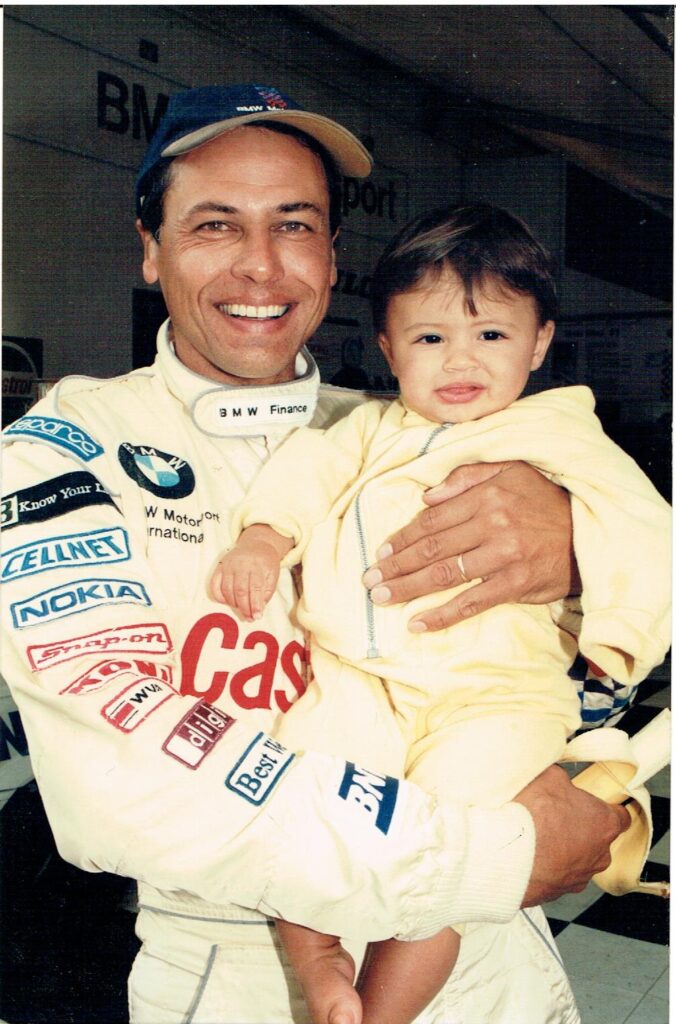
Flashback – why the ’60s was the best decade ever
Gerard Richards dons tribute rose-tinted glasses for his look at the ’60s not just for their retro cool and funky rosy glow, but because he’s convinced the world, like the glasses, was better, brighter and more fun back then.
“By the 1960s, the planet was ripe for a flowering of new idealism on all fronts. The depression wracked ’30s was followed by the ‘40s war years and the deprivations of the aftermath. The ’50s conservatism was bred by war veterans’ desire to retreat into normality in suburbia, to settle down and raise children, within the somehow comforting social constraints of the day. There were some excesses in the 1950s, but these largely centred around the materialist American Dream. The automobile was the major culprit as the design sunk to ever further indulgences of length, chrome adornment, and absurd space race-styled rear fins. The emergence of rock’n’roll towards the decade’s end was an accurate pointer, though, to the rise of youth culture and the beginning of rebellion against the social constraints of the era.”
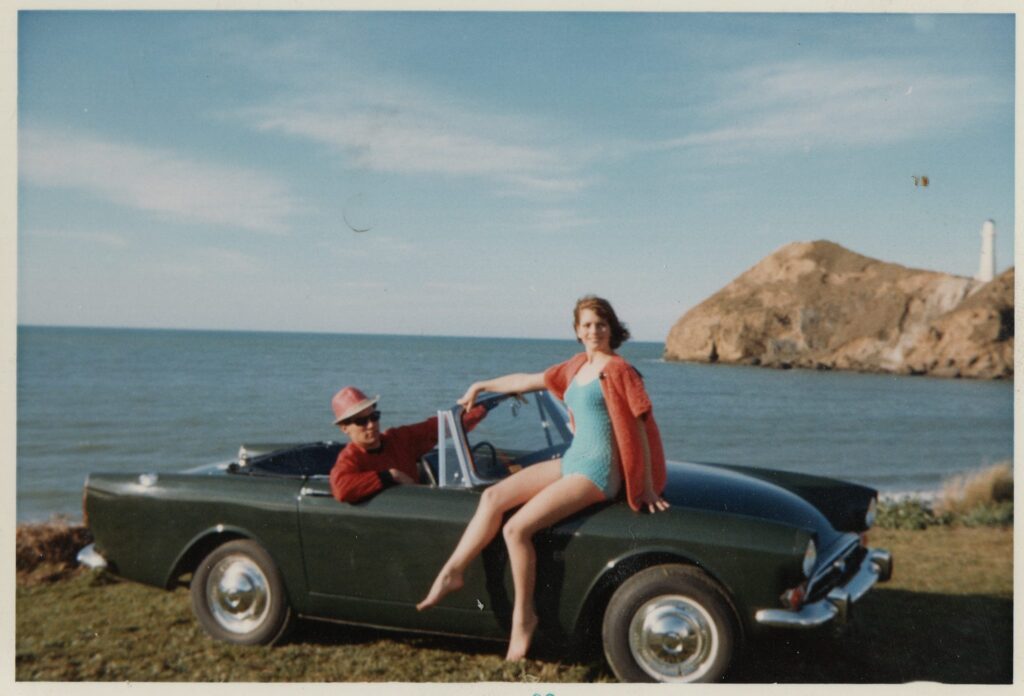
Motor Sport Flashback By Michael Clark
F1, Indy 500 and drag racing
While Liam Lawson has yet to secure a seat in Formula 1, he remains part of the Red Bull squad, ready to take the wheel at a moment’s notice.
“I write this between the Japanese and Qatar GPs. We now know that Lawson will not be one of the two Alpha Tauri drivers for 2024 but will remain part of the Red Bull squad – like an impact player, ready to leap in at a moment’s notice.
In the month or so since he got his big chance, I have been both astonished and delighted at the enthusiasm that his elevation has generated amongst non-motor racing folk. People who you can’t imagine even being aware of F1 were keen to talk about how well he’d done and then, over the Japanese GP weekend when it was confirmed he’d return to the Red Bull/Alpha Tauri benches for 2024, came the inevitable ‘it’s just not fair’.
Spoiler alert: not only is life in the real world not fair, it’s also even less so in the piranha-infested waters of F1.”
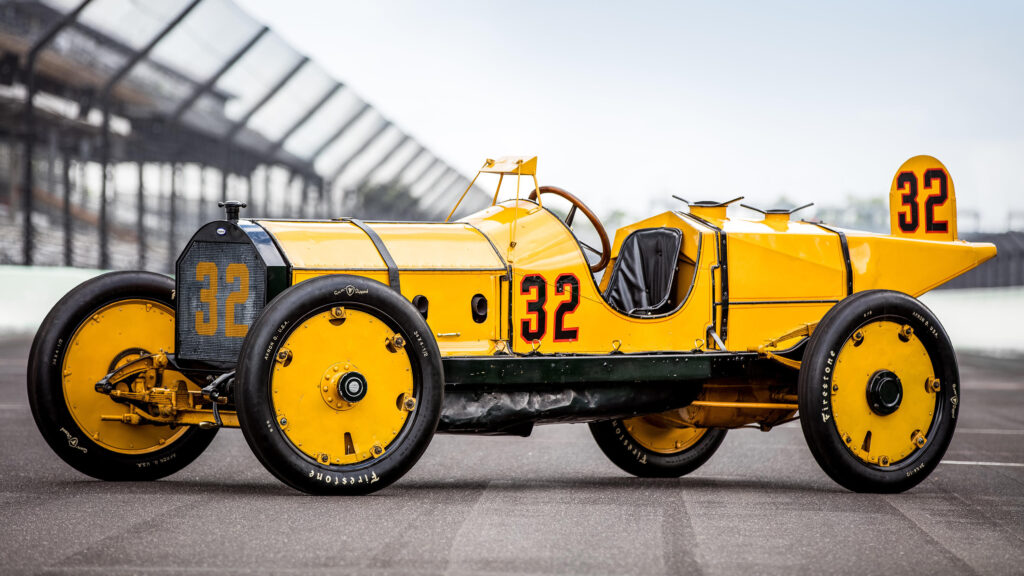
Marketplace Report – overnight sensation
By Ben Selby
Only a handful of cars truly deserved the description as a ‘game-changer’ but the Audi Quattro is one of them.
“The scoffers were made to eat humble pie as the ur-quattro – ur meaning first or original – backed up its first series win with multiple World Rally Championships. “Audi pioneered 4wd in rallying with the ur-quattro and mostly dominated the sport until everyone else caught up,” says Quattro owner Rob Clubley. “The sound of those highly tuned 5-pot motors on the rally stage, with the chirp of the blow-off valve is definitely iconic.”
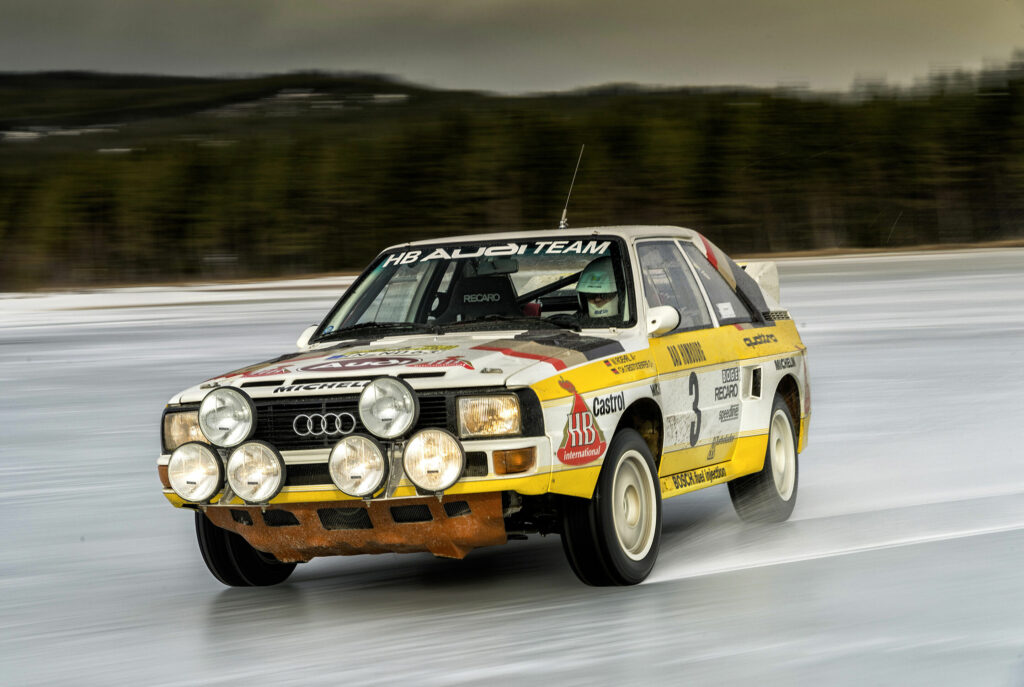
PRICE ON … By Greg Price
Vehicle fees as charged by NZTA, with help from the industry
Some bad news and some good news
“You’ve gotta hand it to those lobbyists. You know, those groups of individuals with vested interests who have their own security access cards to Parliament buildings, who meet up with the various MPs on a regular basis and make representations (or is that demands?) on their paid-for causes.”
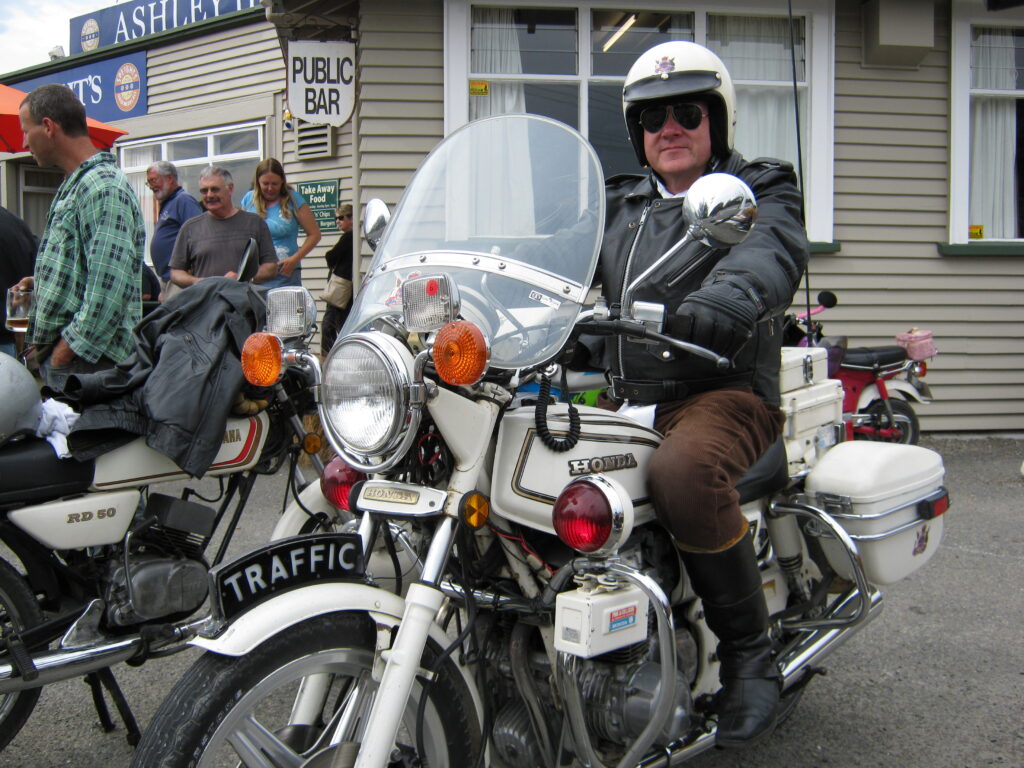
Book Reviews by Mark Holman
The cars of the 50s: A History of Cars Manufactured and Assembled in Australia During the 1950s
Gavin Farmer
Published 2022 by New Holland. ISBN 978-1-760795-252. $64.95
Kiwis and Cortinas
Gordon Campbell.
Published 2023 by Batemans. ISBN 978-1-77689-078-1. $49.99
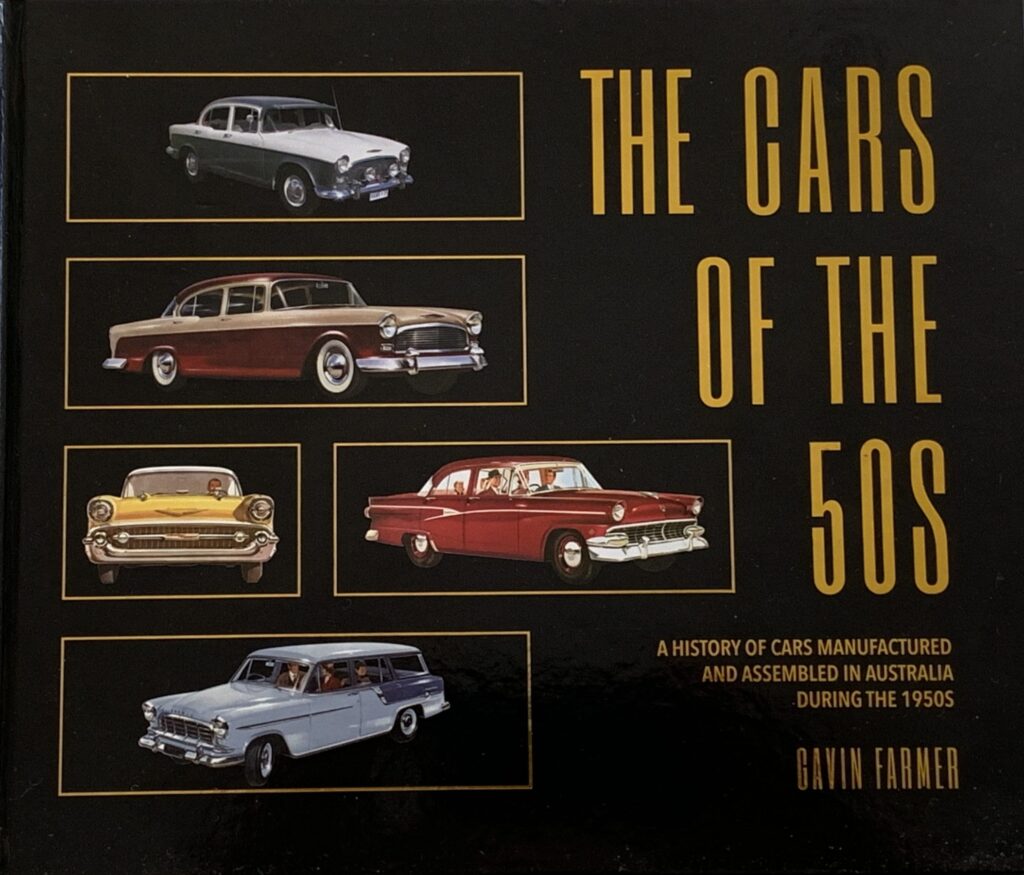
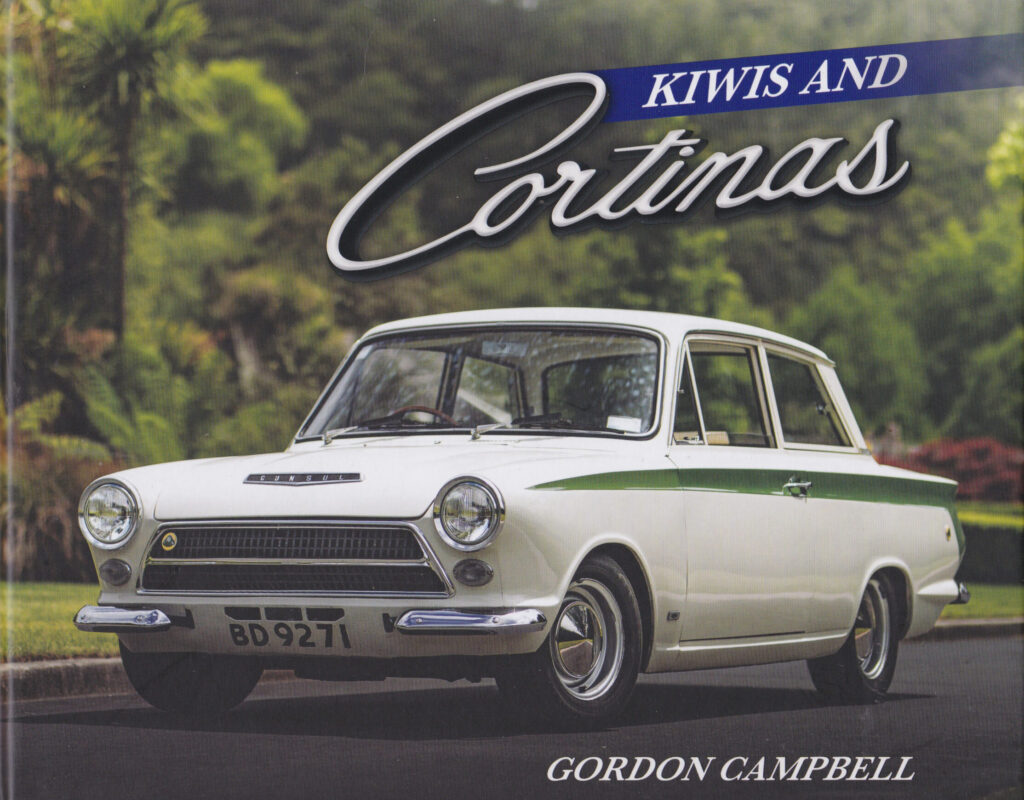
Coaching from the bench By Jim Richardson
How to restore a fuel tank
Most collector car owners are faced with petrol tank problems sooner or later so, whether you are doing a complete restoration, a rod, or just refurbishing a driver, you will want to clean and seal its tank before potentially disastrous problems strike.
“Petrol tanks deteriorate for several reasons. Oddly enough, the major problem isn’t usually rusting out from water splashing up onto their exposed undersides. If tanks rust from the outside, as often as not, it is from water running down through the car’s bodywork and chassis, or condensing on top of them – but the main problem with old fuel tanks is internal. As fuel is pulled from the tank by the fuel pump, air is sucked into the tank through the filler neck vent to replace the fuel. When that warm air hits the cool gasoline in the tank, the water vapour in it condenses out and settles on the tank walls and bottom.”
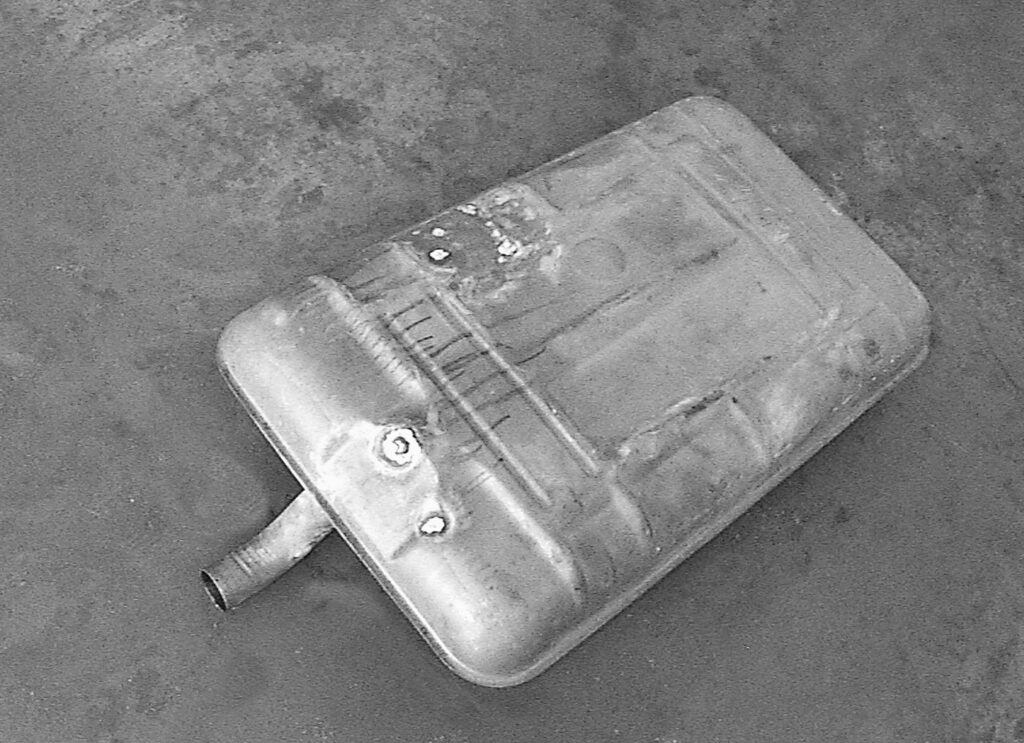
Behind The Garage Door
The Family XK120
By Quinton Taylor
Carefully stored on a farm near Ashburton is a real piece of Jaguar history in the form of a 1953 Jaguar XK120 fixed head coupé.
“The car has been in the Greenwood family for many years and now Mark Greenwood has inherited the opportunity to finish the restoration, and he is keen to get started.”
Resurrecting Flying ‘A’s
Invercargill motor racing enthusiast Adrian Robertson has taken the plunge and is in the process of returning two Austins to the track.
“Adrian is the admin face behind the popular South Island Motorsports Facebook page and he has decided to take steps to get back into the action on the racing track. That is also good news for a couple of Austins, one with a bit of racing history.”
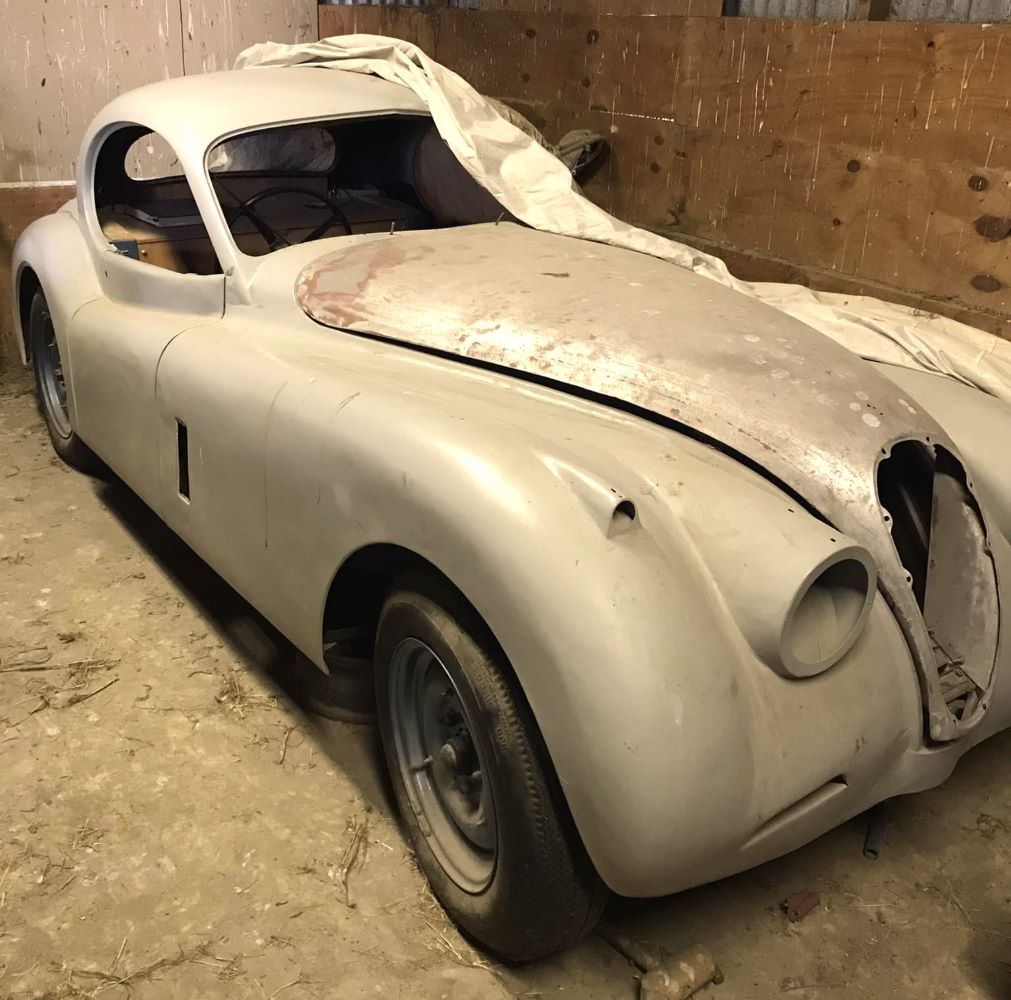
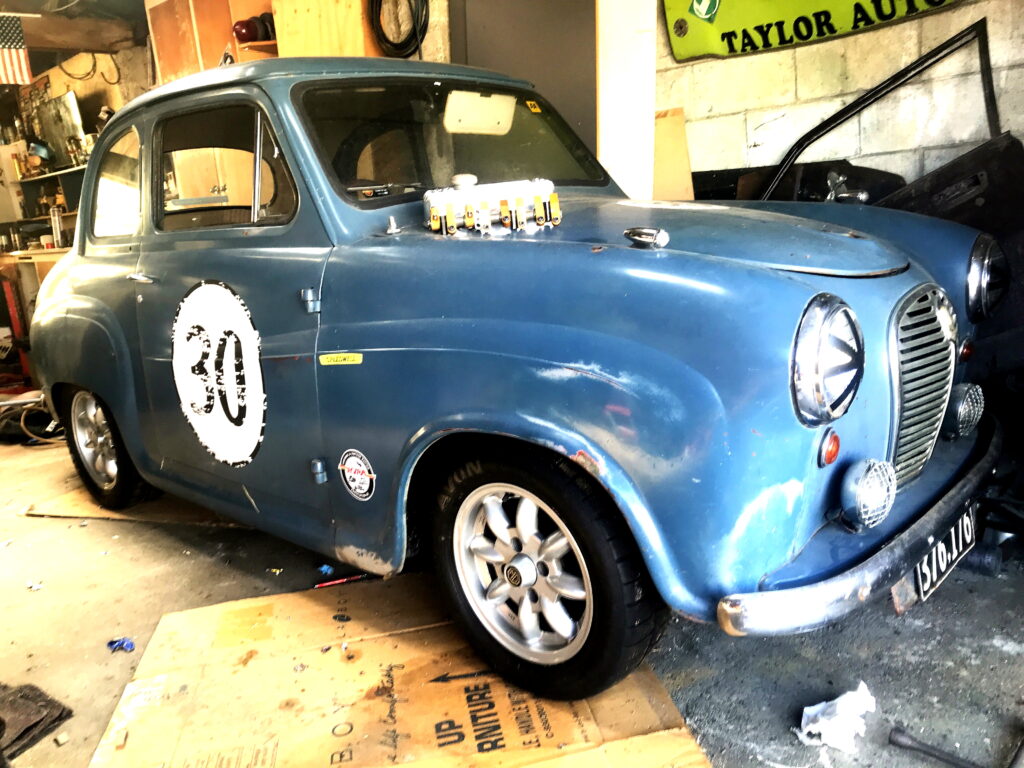
News and events
Goodwood revival, Hamilton Classic, I am hope, Historic Touring…


